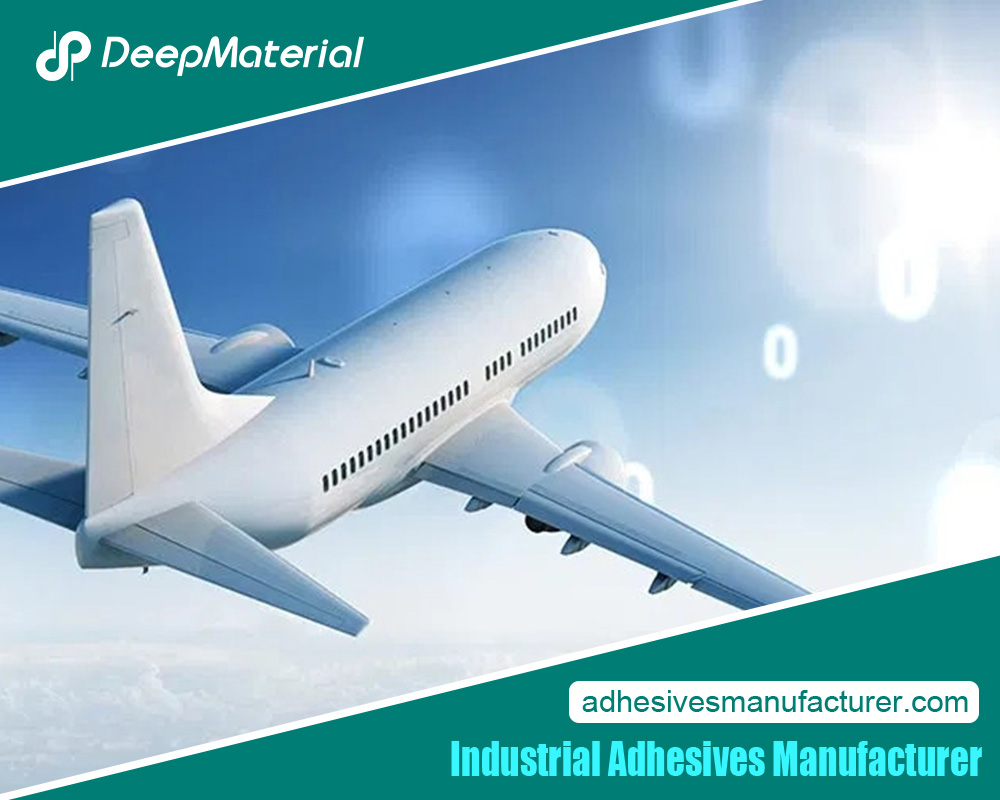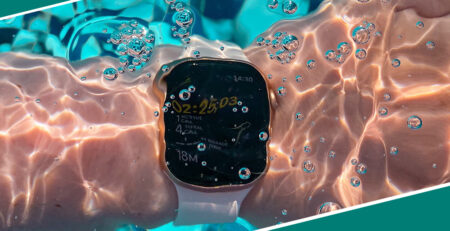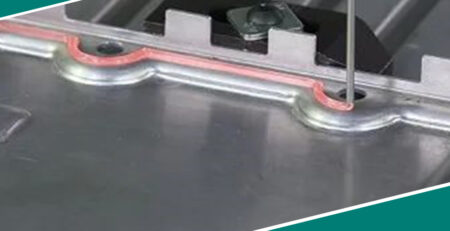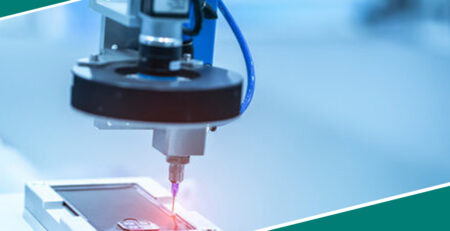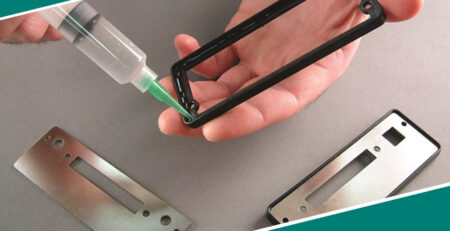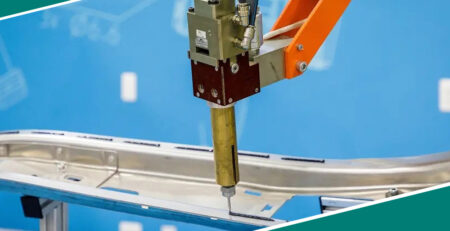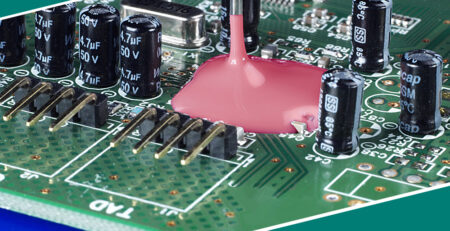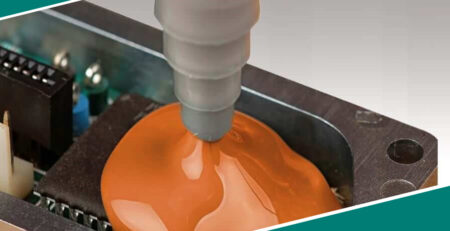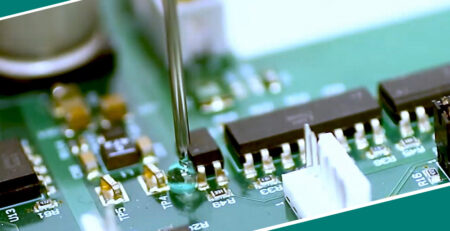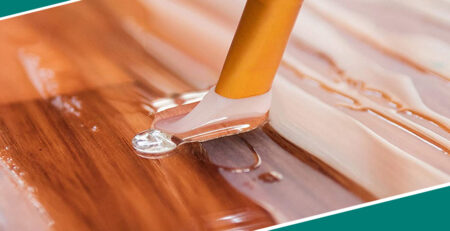Finding the Best Glue for Magnet to Plastic: A Detailed Guide
Finding the Best Glue for Magnet to Plastic: A Detailed Guide
Bonding magnets to plastic surfaces is a common requirement in various DIY projects, crafts, and industrial applications. However, the process can be challenging due to the different properties of magnets and plastics. Choosing a suitable adhesive is essential for achieving a solid and durable bond. This comprehensive guide explores the best glue options for magnet-to-plastic bonding, offering detailed insights into various adhesives, application techniques, and considerations for optimal results.
Types of Adhesives for Magnet to Plastic
Epoxy Resin
Epoxy resin is a widely used adhesive for various applications, including bonding magnets to plastic. It consists of two components—a resin and a hardener—that, when mixed, create a strong and durable bond.
Advantages:
- High Strength:Epoxy resin provides a robust and permanent bond, making it ideal for applications where strength is crucial.
- Resistance to Environmental Factors:It is resistant to water, heat, and chemicals, which ensures long-lasting performance in diverse conditions.
- Versatility: Suitable for various plastic types, including ABS, PVC, and acrylic.
Disadvantages:
- Mixing Required:Epoxy resin requires mixing the resin and hardener before application, which can be time-consuming and require precise measurements.
- Curing Time: It typically takes longer to cure than other adhesives, which can delay the completion of your project.
- Application Complexity: The application can be messy, and excess glue might affect the appearance of the bond.
Cyanoacrylate (Super Glue)
Cyanoacrylate, commonly known as super glue, is another effective option for bonding magnets to plastic. This adhesive forms a strong bond through a rapid chemical reaction.
Advantages:
- Fast Setting: Cyanoacrylate bonds quickly, making it suitable for projects that require immediate results.
- Ease of Use: It is simple to apply with minimal preparation, making it a convenient choice for various tasks.
- Bonding Range: Works well with various materials, including plastic and metal.
Disadvantages:
- Limited Strength: While practical for small to medium-sized items, cyanoacrylate may not be ideal for heavy or load-bearing applications.
- Brittleness: The bond can become brittle over time, which might lead to failure under stress or impact.
- Moisture Sensitivity: It can be sensitive to moisture, affecting the bond’s effectiveness in humid or wet conditions.
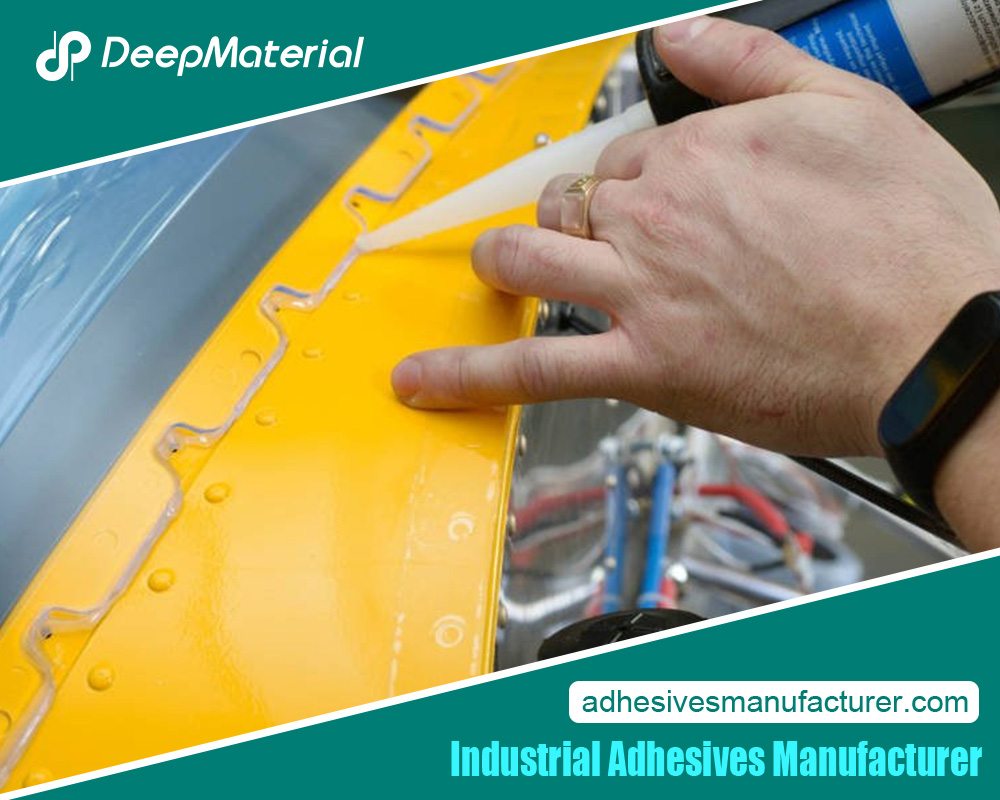 Polyurethane Adhesive
Polyurethane Adhesive
Polyurethane adhesives are known for their versatility and strong bonding capabilities. They work well for bonding magnets to various plastics, providing a flexible and durable connection.
Advantages:
- Flexibility: Polyurethane adhesives offer a flexible bond that can withstand vibrations and movement, making them suitable for dynamic applications.
- Moisture and Temperature Resistance: They perform well in environments exposed to moisture and temperature changes.
- Wide Range of Materials: It adheres to a wide range of materials, including different types of plastics and metals.
Disadvantages:
- Longer Curing Time: It generally requires longer than other adhesives, which might affect project timelines.
- Expansion During Curing:Polyurethane adhesives can expand as they cure, which may result in excess adhesive spilling out and affecting the appearance.
- Application Care:Requires careful application to avoid excessive expansion and ensure a clean bond.
Acrylic Adhesive
Acrylic adhesives are designed for high-strength bonding and are particularly effective for magnets and plastics applications.
Advantages:
- Strong Initial Bond: Acrylic adhesives provide a strong initial tack and quick setting, which is beneficial for immediate bonding needs.
- Environmental Resistance: They resist UV light, moisture, and temperature changes, ensuring durability in various conditions.
- Versatility: Suitable for a wide range of plastic types and can provide a long-lasting bond.
Disadvantages:
- Surface Preparation: Thorough surface preparation is often required for optimal adhesion, which can add to the project’s complexity.
- Cost: Acrylic adhesives may be more expensive compared to other adhesive options.
- Handling Precautions:Requires careful handling during application to avoid contamination and ensure a clean bond.
Application Techniques for Bonding Magnets to Plastic
Surface Preparation
Proper surface preparation is essential for achieving a solid and lasting bond. Follow these steps to prepare the surfaces for adhesive application:
- Clean Thoroughly: Clean both the magnet and plastic surfaces to remove any dirt, dust, grease, or oils. Use a mild detergent or isopropyl alcohol and a clean cloth.
- Roughen the Surface:Lightly sand the plastic surface with fine-grit sandpaper to increase its roughness. This creates a better surface for the adhesive to grip on.
- Dry Completely: Ensure both surfaces are dehydrated before applying the adhesive. Moisture can interfere with the bonding process.
Applying the Adhesive
- Even Application: Apply the adhesive evenly to one of the surfaces. Avoid using excessive amounts of glue, which can create a mess and weaken the bond.
- Align Carefully: Carefully align the magnet and plastic surfaces. Press them together firmly to ensure good contact and adhesion.
- Hold in Place: Follow the adhesive’s instructions for how long to hold the surfaces together. This step is crucial for achieving a solid bond.
- Allow Curing Time: Follow the manufacturer’s recommendations and allow the adhesive to cure fully. Avoid disturbing the bond during this period to ensure optimal strength.
Factors to Consider When Choosing the Best Glue
Type of Plastic
Different types of plastic have varying properties, which can affect adhesive performance:
- Polypropylene and Polyethylene: These plastics are known for their low surface energy, making them challenging to bond. Specialized adhesives or additional surface preparation may be required.
- Acrylic and PVC: These plastics typically bond well with various adhesives, including epoxy and acrylic, and generally do not require extensive surface treatment.
Environmental Conditions
Consider the environmental conditions where the bonded item will be used:
- Moisture Exposure:If the bond will be exposed to moisture, choose an adhesive with good water resistance to prevent weakening over time.
- Temperature Variations: Select an adhesive that can maintain its bond strength under varying temperatures for applications involving temperature fluctuations.
- UV Exposure:If the bonded item will be exposed to sunlight, opt for an adhesive with UV resistance to avoid degradation from UV light.
Bonding Strength and Flexibility
Evaluate the strength and flexibility required for your project:
- Heavy Loads: For applications involving heavy loads or significant stress, choose a high-strength adhesive like epoxy resin that provides a robust bond.
- Flexibility Needs: If the bonded surfaces need to remain flexible or experience movement, consider adhesives like polyurethane that offer flexibility and durability.
Common Issues and Solutions
Weak Bond
- Cause: A weak bond may result from insufficient surface preparation or incorrect adhesive application.
- Solution: Thoroughly clean and roughen surfaces, and apply the adhesive evenly. Follow the manufacturer’s instructions for curing time and conditions.
Adhesive Failure
- Cause: Adhesive failure can occur due to exposure to extreme conditions, such as high moisture or temperature changes.
- Solution: Choose an adhesive specifically designed for your application’s environmental conditions. Verify the adhesive’s specifications and ensure they match your project requirements.
Excess Adhesive
- Cause: Excess adhesive can result from over-application or improper handling.
- Solution:Use the appropriate amount of adhesive for your project. Clean up any excess immediately before it dries to maintain a neat appearance.
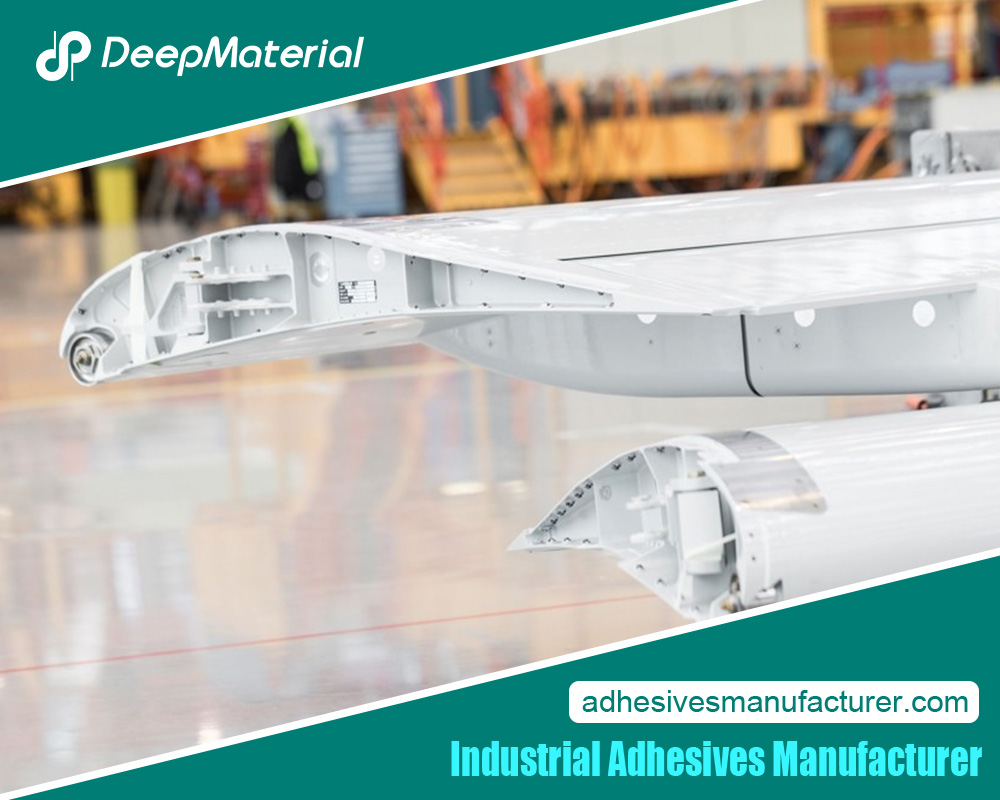 Conclusion
Conclusion
Selecting the best glue for bonding magnets to plastic requires careful consideration of the adhesive types, their properties, and the specific needs of your project. Epoxy resin, cyanoacrylate, polyurethane, and acrylic adhesives each offer unique advantages and disadvantages, making it essential to choose based on factors such as plastic-type, environmental conditions, and bonding strength requirements. Proper surface preparation and application techniques are critical for achieving a solid and durable bond. By understanding the characteristics of different adhesives and applying them correctly, you can ensure a successful and lasting connection between magnets and plastic surfaces, enhancing the effectiveness and durability of your projects.
For more about Finding the Best Glue for Magnet to Plastic: A Detailed Guide, you can pay a visit to Deepmaterial at https://www.adhesivesmanufacturer.com/ for more info.

